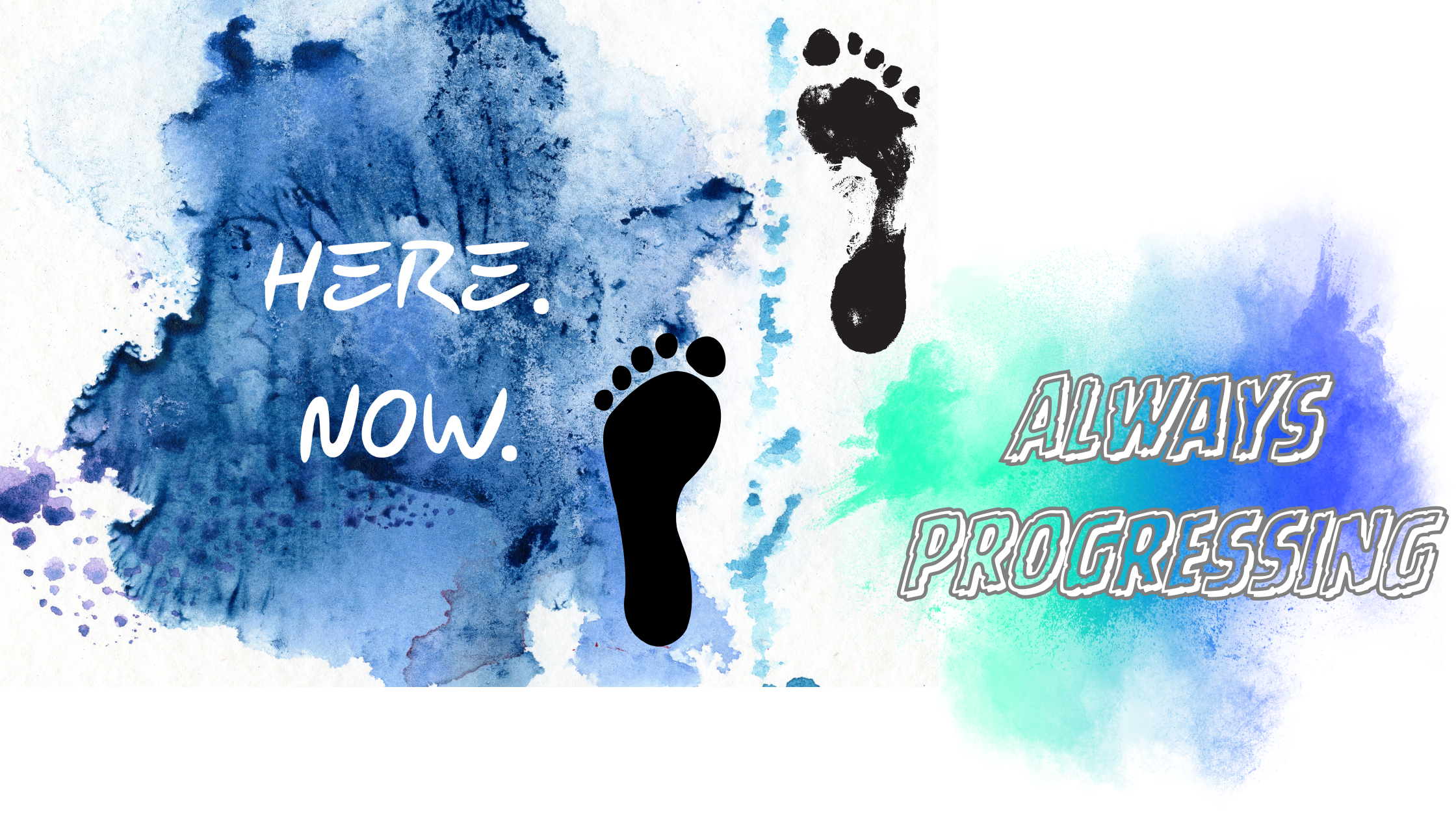Two weeks after becoming a dad, I stood in front of a mirror, my newborn son in my arms, and realized something: My uneven legs—the ones I’d spent years hiding—had quietly shaped the man I’d become.
This is the story I’ve never told anyone… until now.
The Origin
I was 11 when I first heard the words leg length discrepancy. My parents had noticed my uneven gait, but when I was taken to see an orthopedic surgeon, she advised, “A shoe lift would embarrass him.” I never received corrective treatment at the time.
So, I learned to run, jump, and win medals—all while ignoring the quiet truth: One leg was always playing catch-up.
But in childhood, it didn’t affect me. I thrived in sports, collecting gold medals without pain or discomfort. Looking back, my struggle with leg length discrepancy wasn’t an overnight realization. It was something that became more apparent over time.
Impact on My Identity
The more I became aware of my uneven legs, the more I tried to hide them. Ironically, the more I tried to hide them, the more obvious they became.
I thought I had mastered the art of invisibility. I was wrong.
I was no longer the athlete representing my school in sprints. I avoided anything that required using my legs in front of people outside my immediate family. Even something as simple as standing in front of my class to give a speech became stressful—I couldn’t evenly distribute my weight, and shifting from one leg to the other became an unconscious habit.
The boy who once raced for gold medals now raced to sit down first.
I’ve never had the courage—until now—to talk about it, even though it has significantly shaped my life.
Pivotal Moments
The biggest change, as simple as it seems, was getting a custom-made shoe insole eight years ago.
It was the greatest relief I had felt in 23 years. I still remember walking out of the podiatrist’s office, tearing up as I made my way home.
This only happened because my brother and parents took the initiative to find a podiatrist for me. They saw how much I struggled with basic things—like standing at the sink to wash dishes without feeling strained.
For years, I believed I was stuck with my gait issues. Maybe it was my previous visits to the orthopedic surgeon? Maybe it was financial limitations? I don’t know.
But that single insole changed everything.
It looked like the insole you see outside the shoe. Simple, right? But the difference was massive. Suddenly, the ground felt even. For the first time, I could fully extend my right knee while standing. And it wasn’t just my stride that changed—it was also my self-worth.

This marked the beginning of a long learning process, full of improvements and unexpected challenges—like constant headaches from my altered gait.
One of the biggest lessons I learned during this period was how to influence my state of mind. The Wim Hof breathing method became one of my tools for managing discomfort, staying focused, and ultimately, feeling good even when I wasn’t doing anything. Additionally, regular strength training and mobility exercises, as thought by Kelly Starret in his book “Becoming a supple leopard” have been a game changer for me.
I’ll explore these lessons in future blog posts.
This experience shifted my mindset for the better. It made me realize that with the right resources and motivation, anyone can overcome challenges—myself included.
My Vision
Today, I no longer see my leg length discrepancy as a limitation. Instead, I see it as a lens—one that has taught me to advocate for my body, challenge the idea of ‘one-size-fits-all’ wellness, and find strength in asymmetry.
Now, as a father, I’m determined to pass on these lessons—to my son and to anyone who has ever felt ‘too flawed’ to thrive.
If you’ve ever struggled with your body’s limitations, I’d love to hear your story. Leave a comment below or join my free newsletter for resilience tips.
